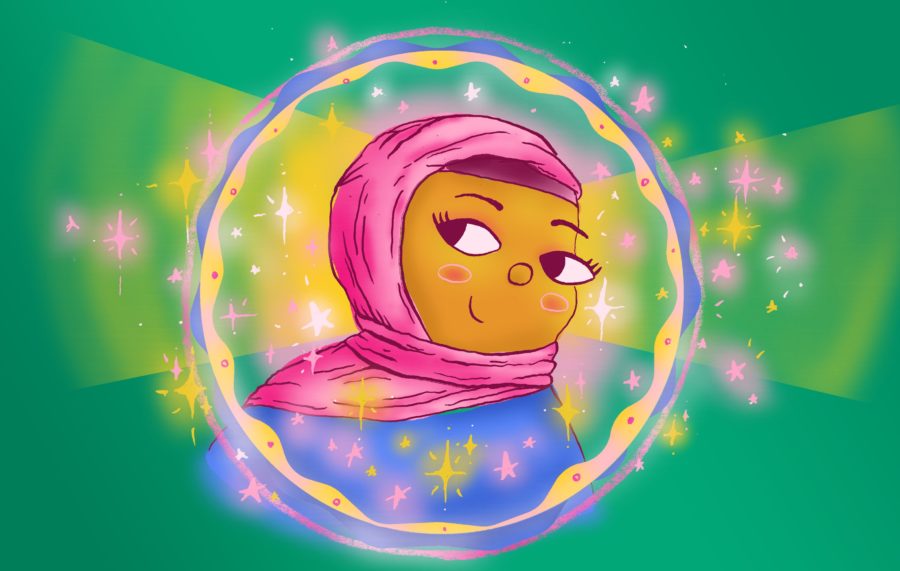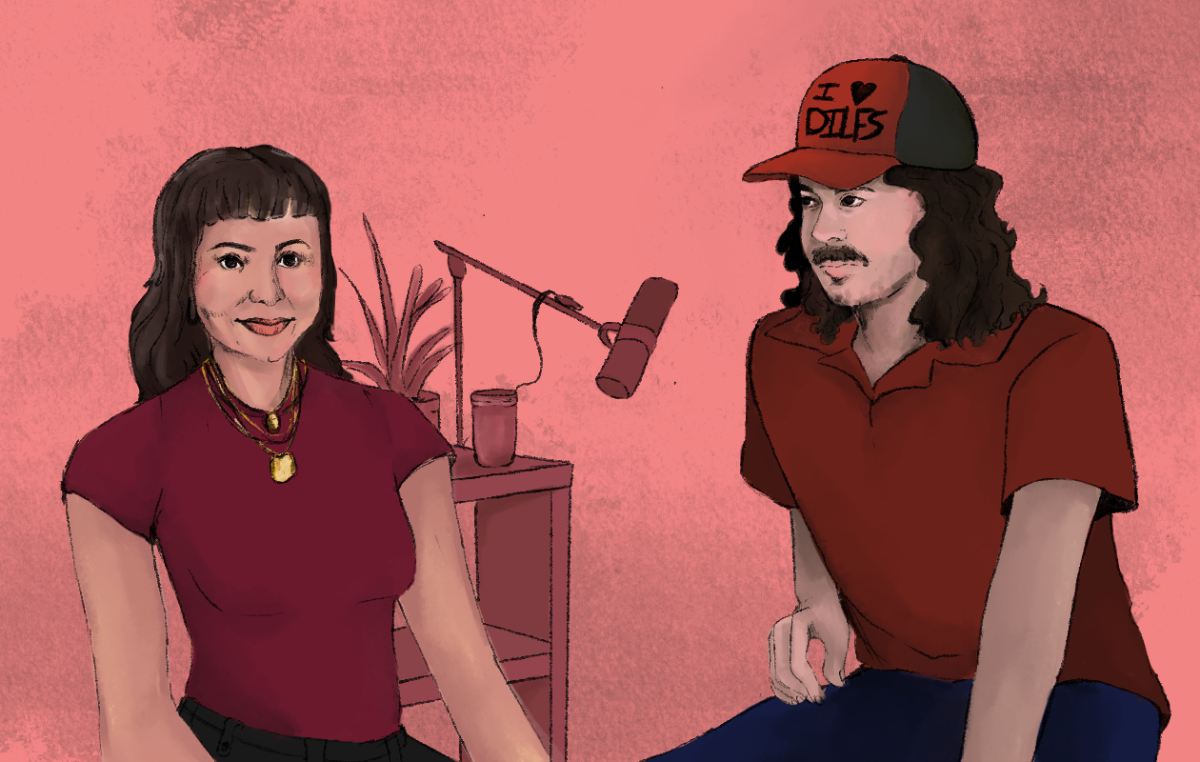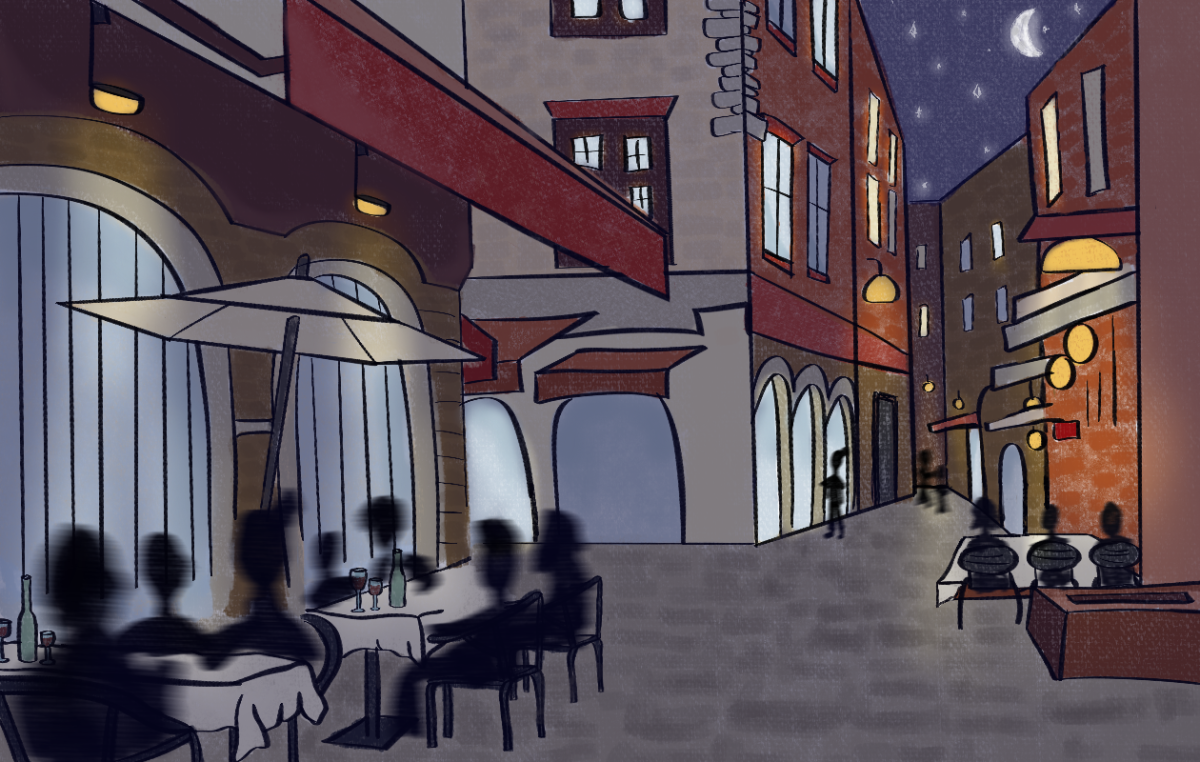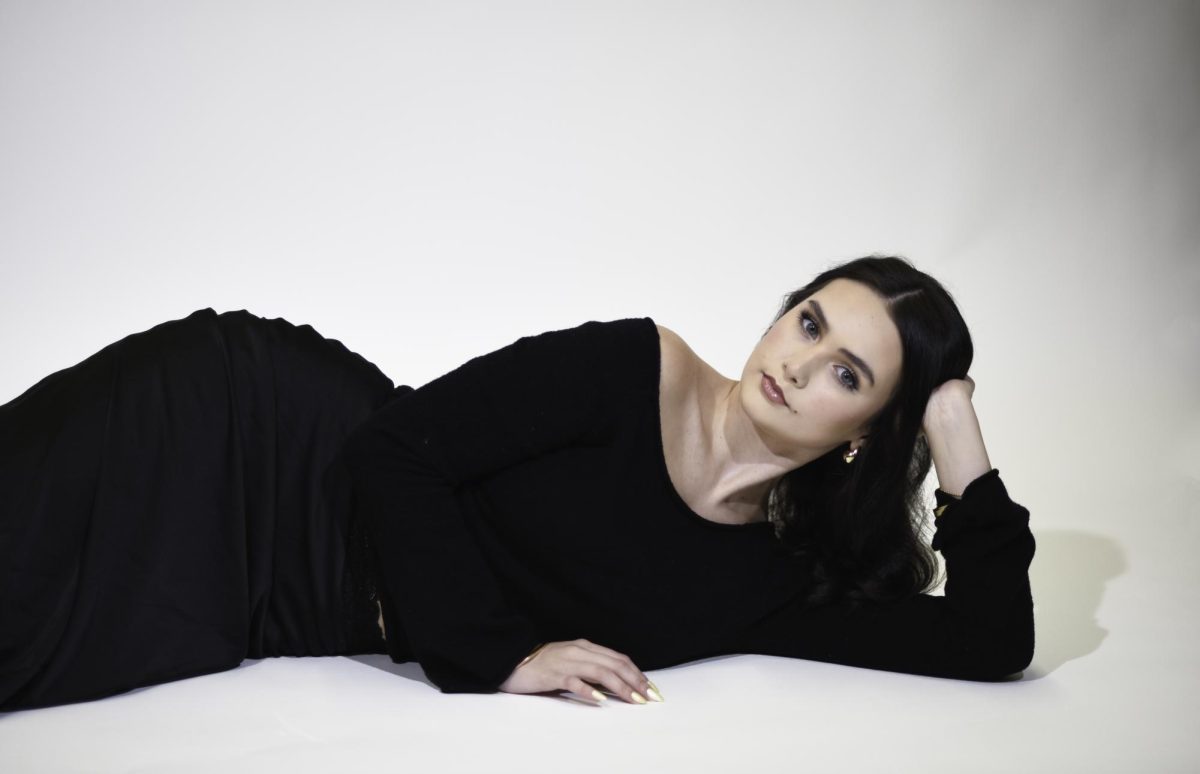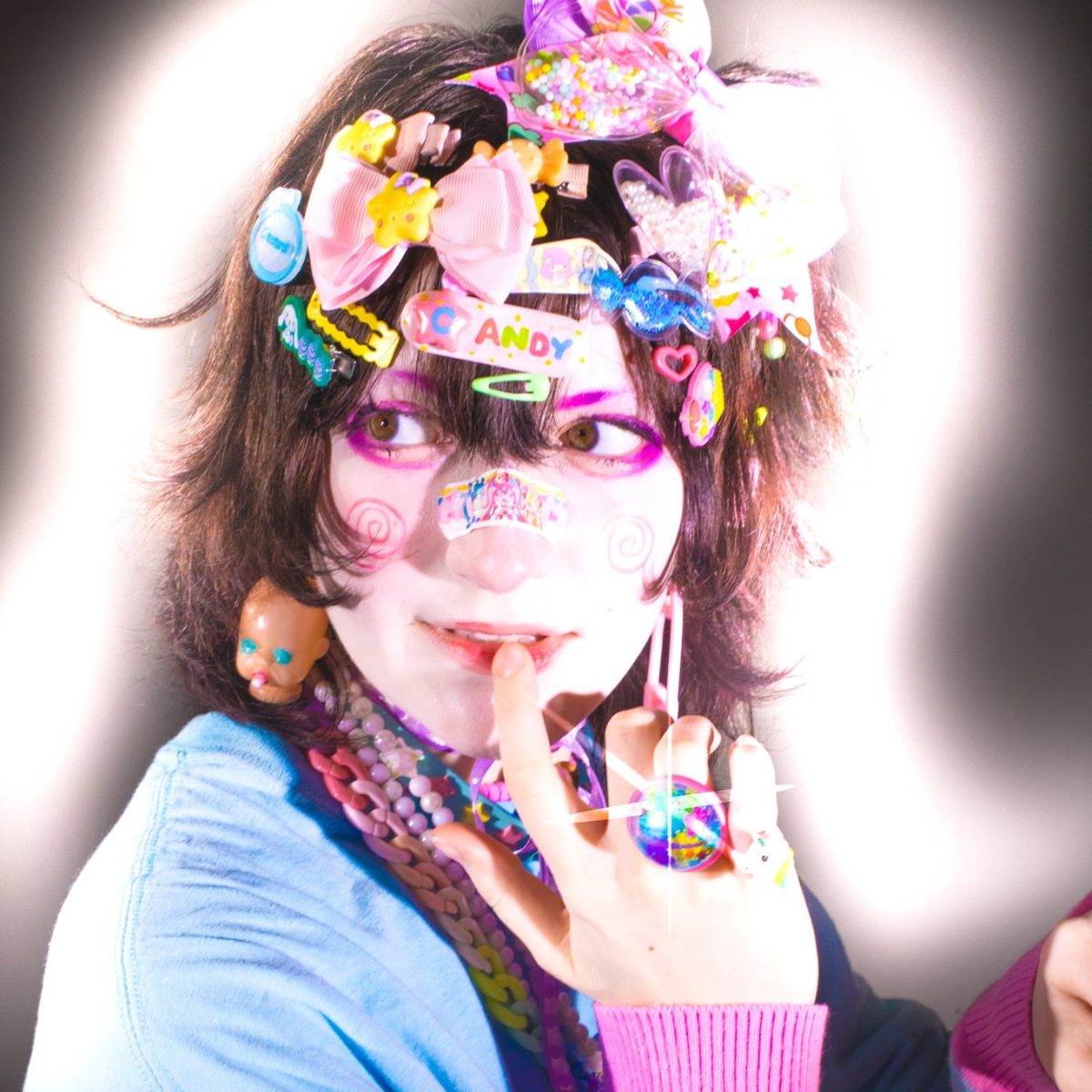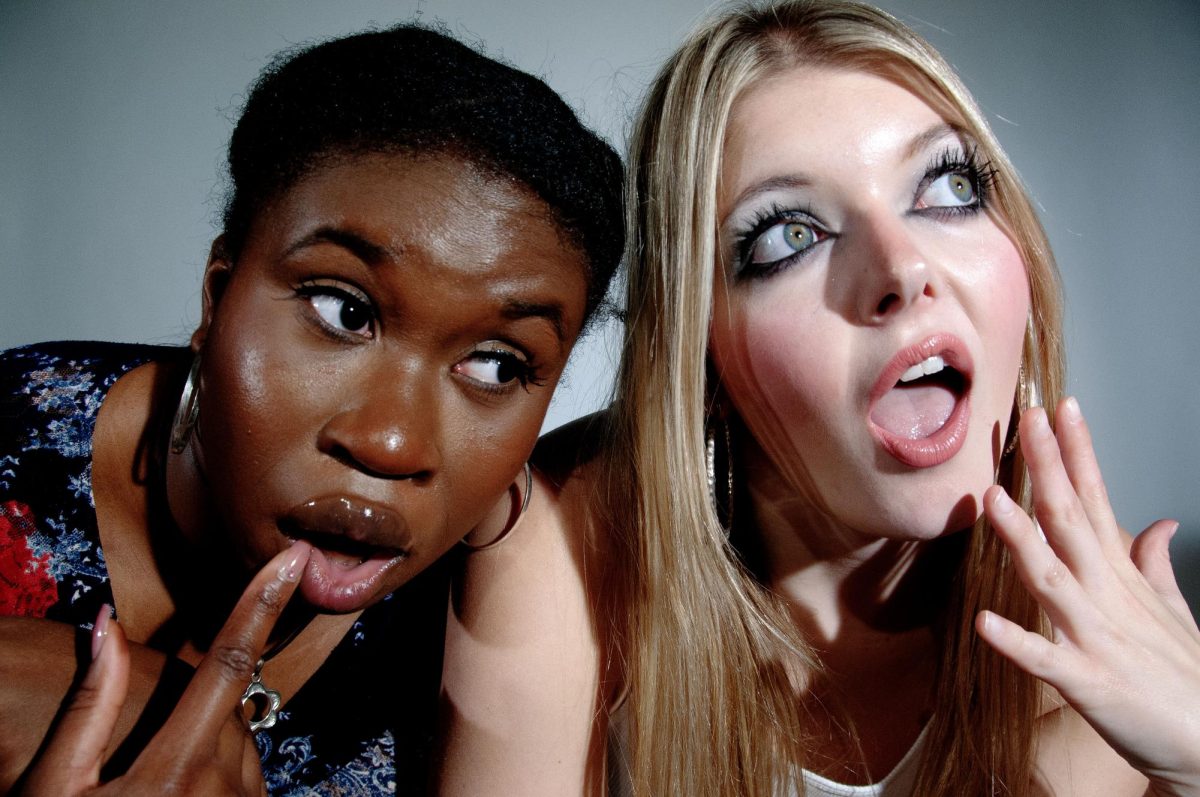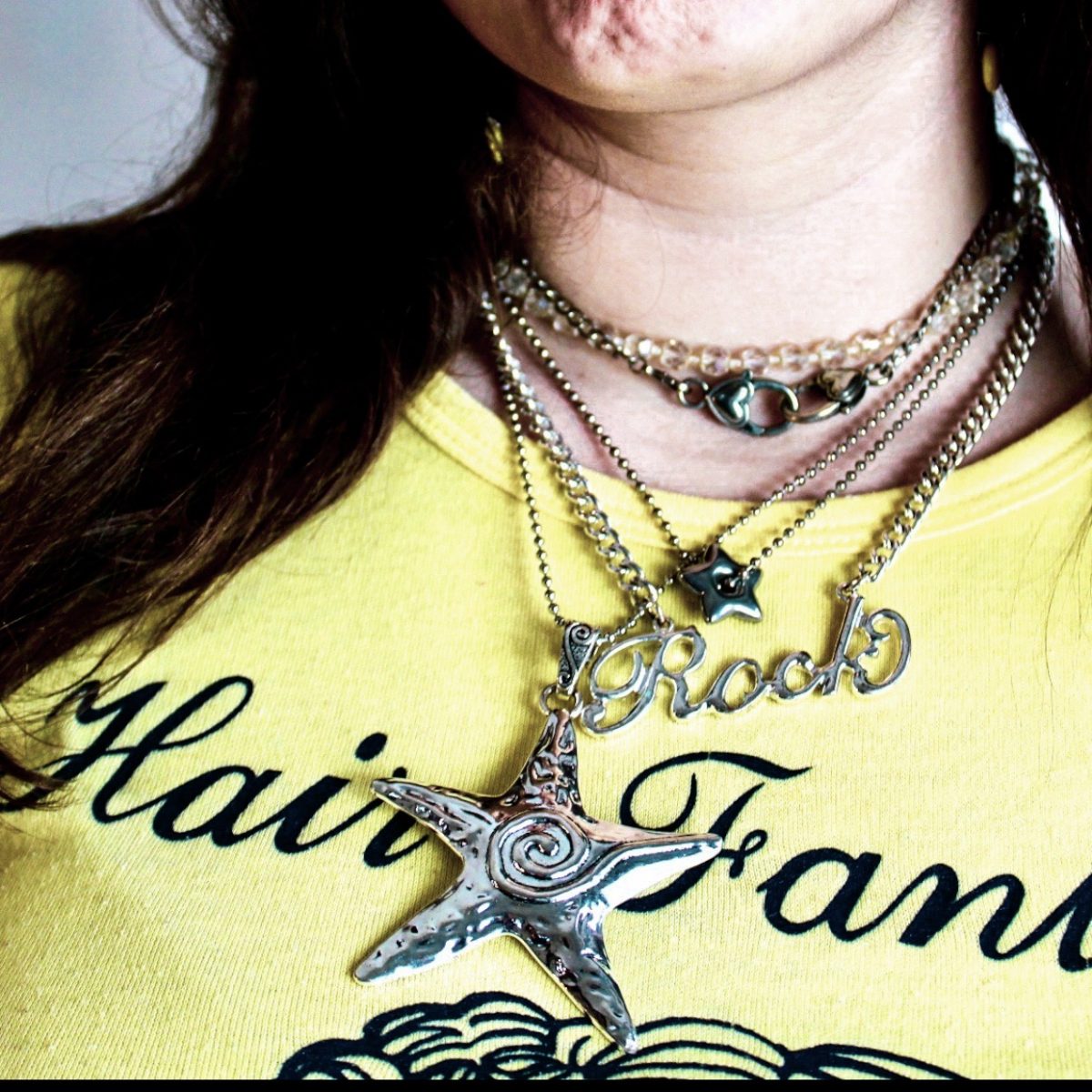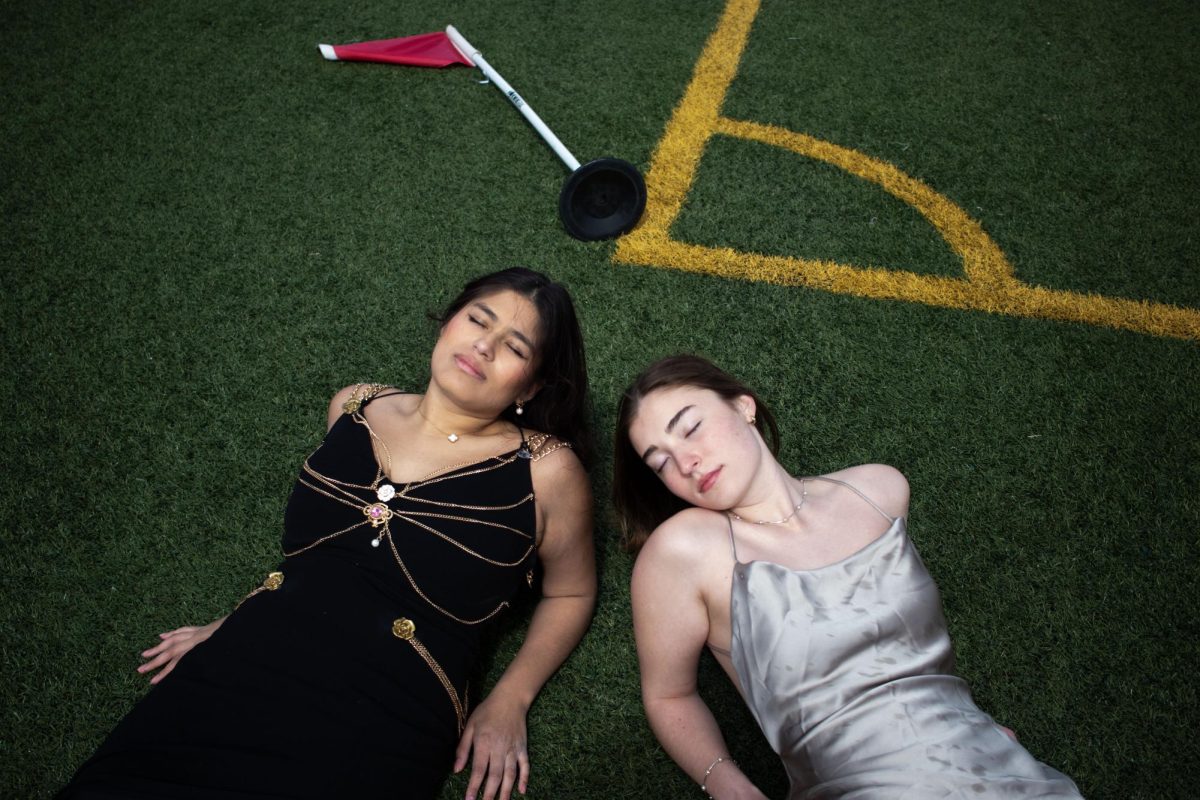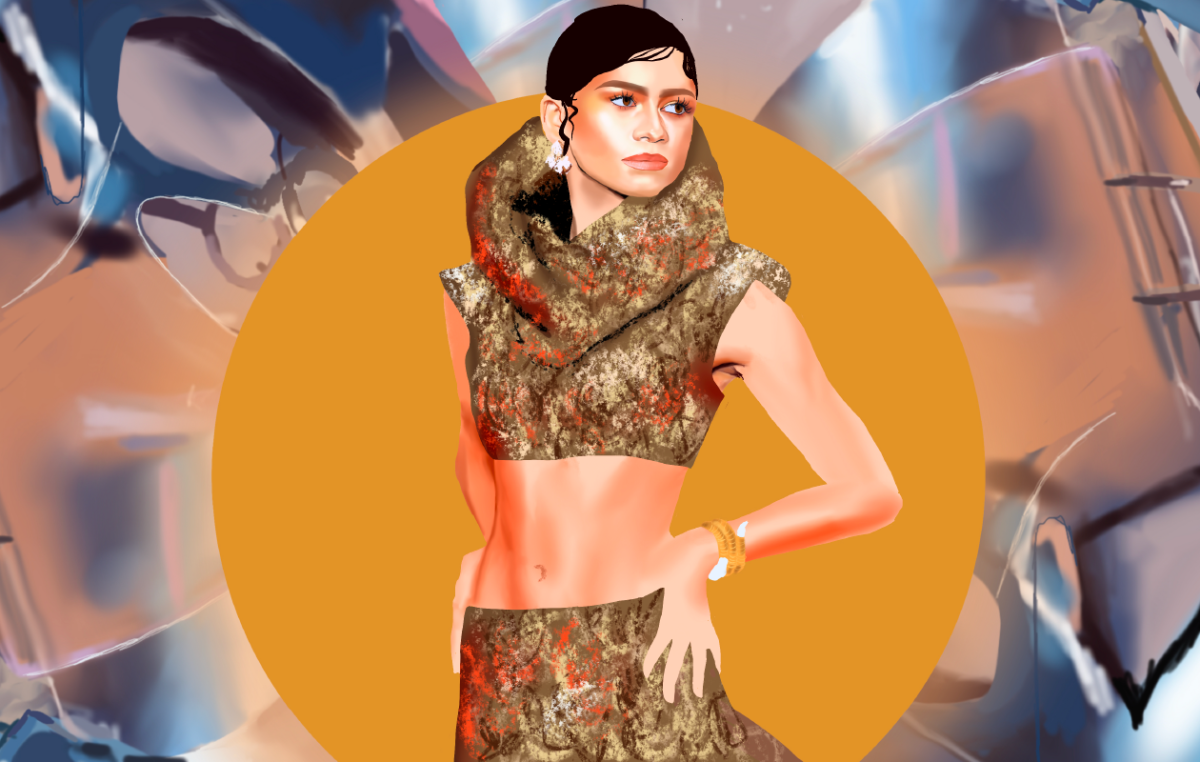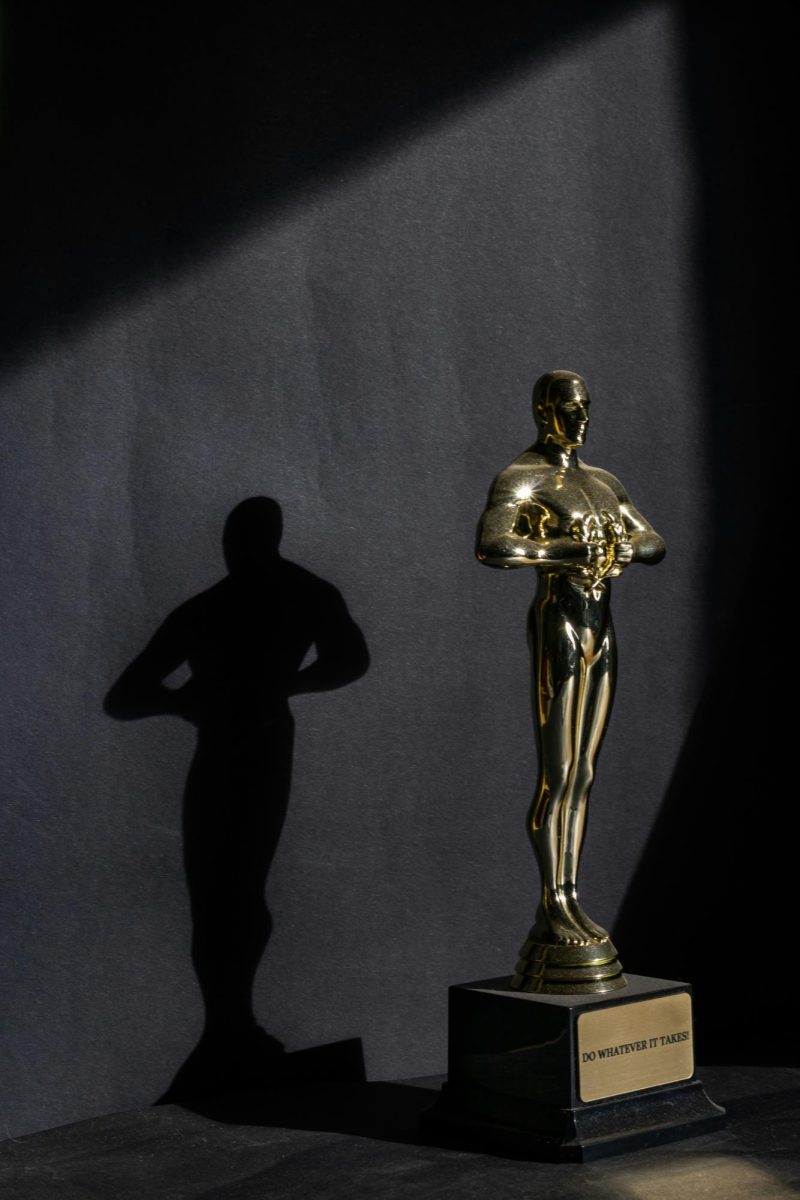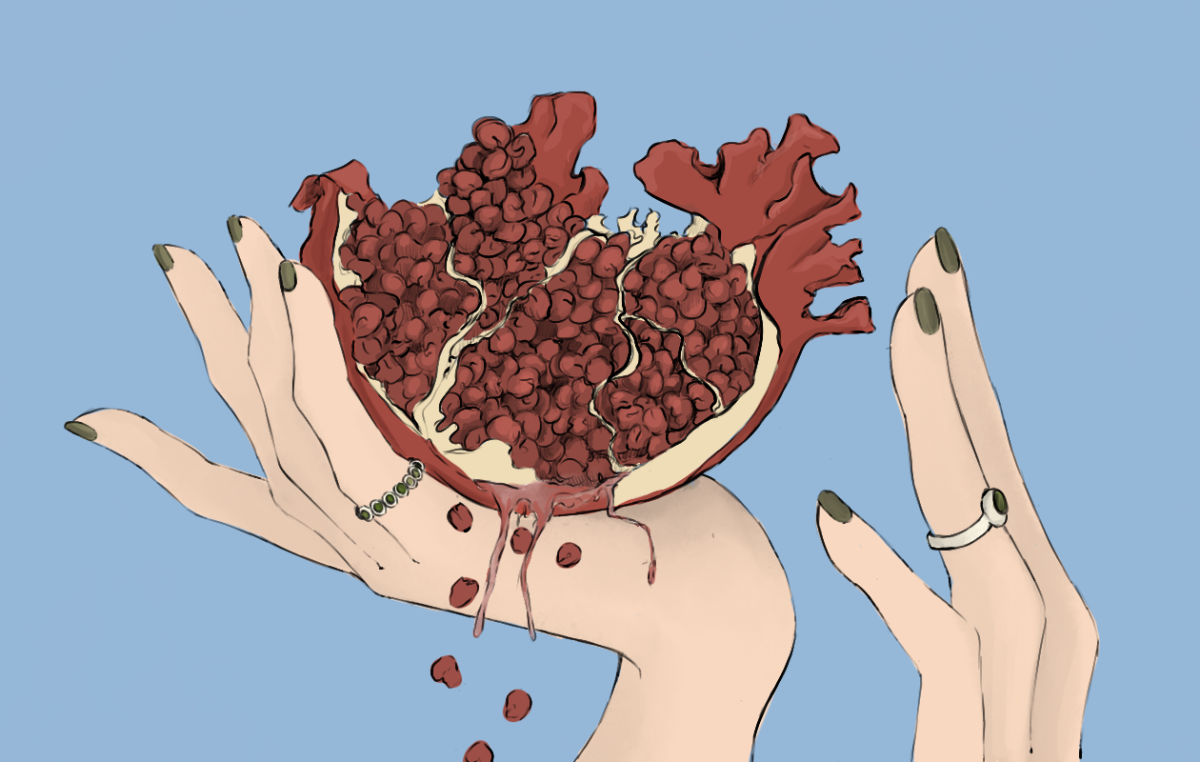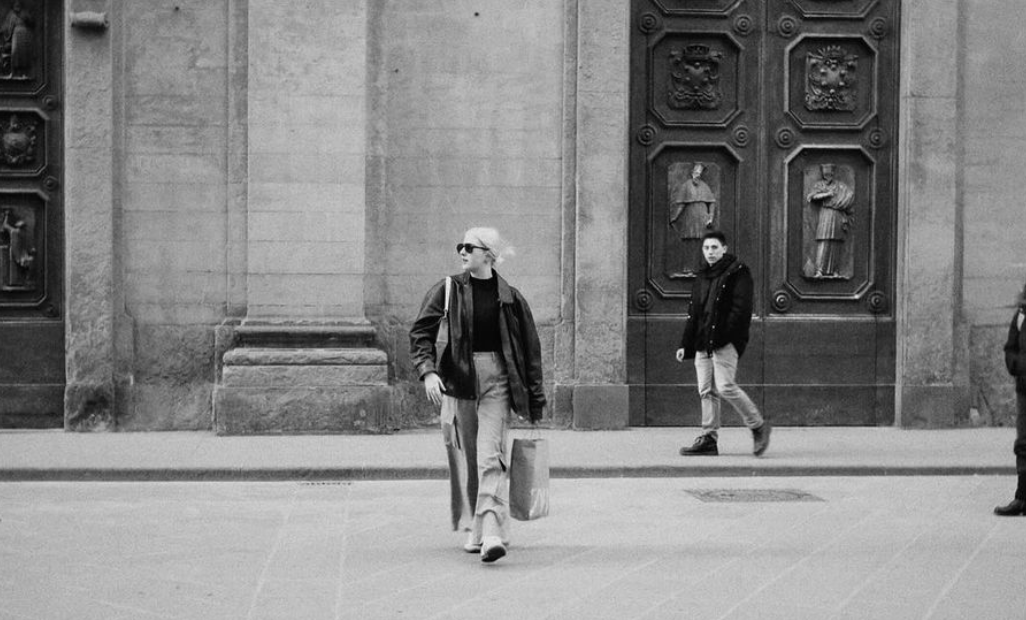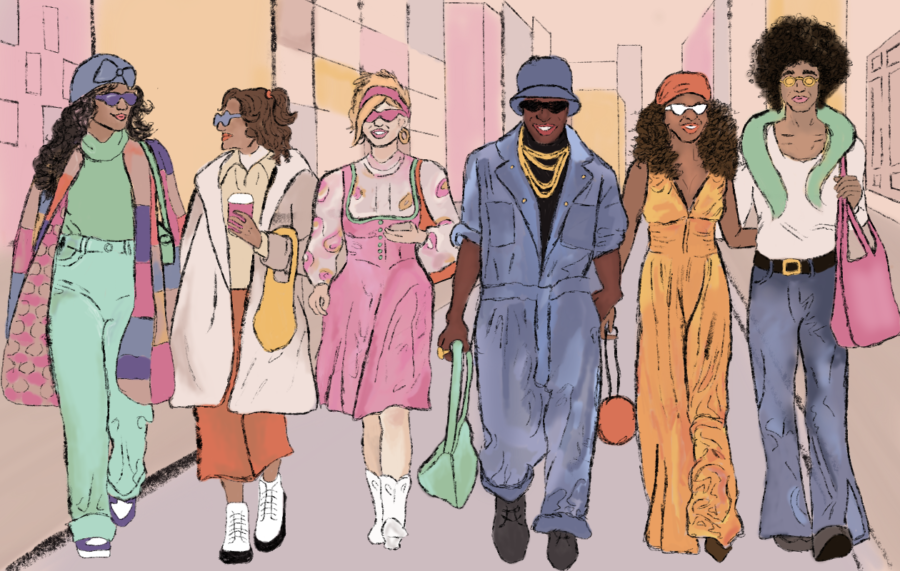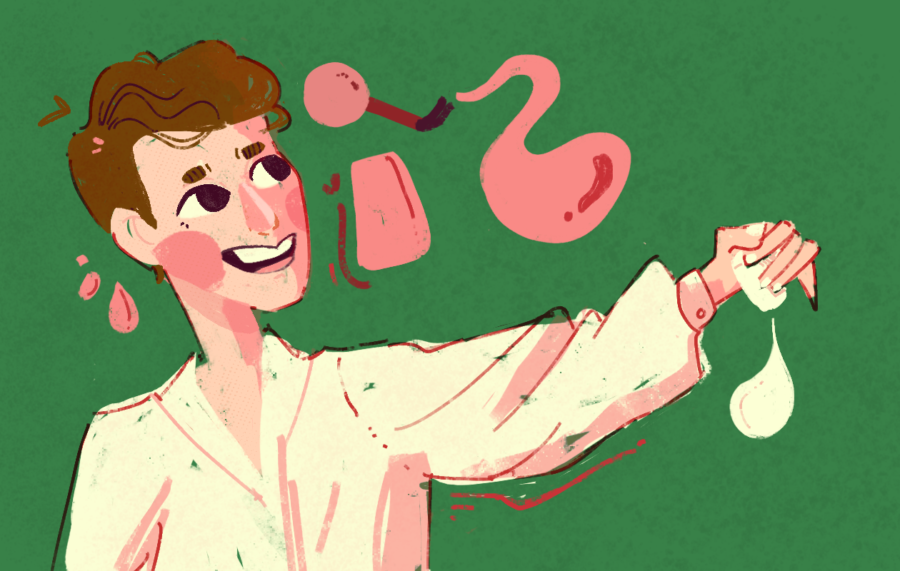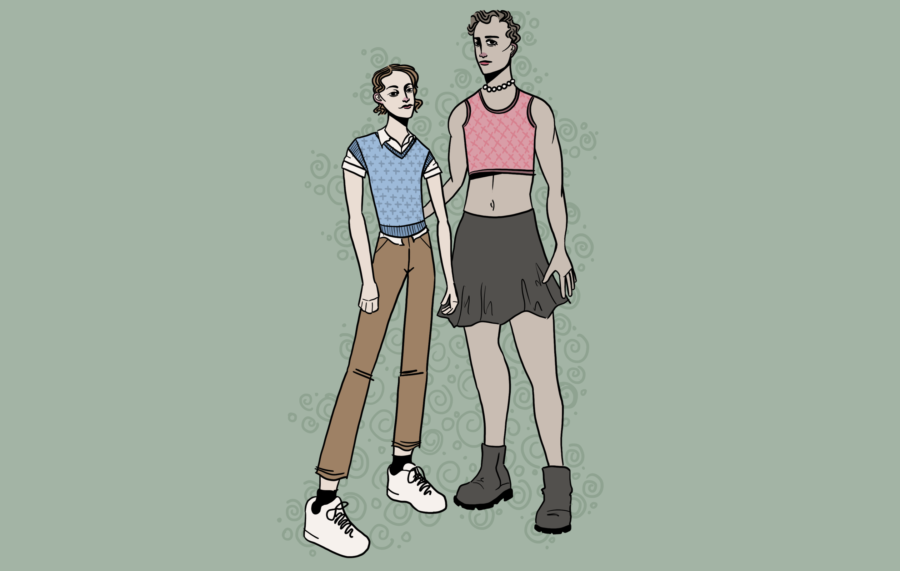Recently, the hijab has caught the attention of millions across the world. Its symbol and associations have made it one of the most polarizing ideologies in both the media and politics. Yet, with approximately 3.45 million Americans that identify as Muslim, there is an ever growing need for understanding and compassion amongst our many differing opinions and beliefs. One does not have to think so far back as to realize the effects of intolerance within a society, with tragedies like Churchchrist still fresh on our minds.
A Magazine sat down with Wayne State University students Nabiha Habib and Khadeeja Zahoor, to discover what being both Muslim and hijabi means for them, as well as debunking some of the myths and misconceptions surrounding hijabs.
Habib is a junior media and information major, and is following the pre-medicine track. She also identifies as a hijabi. A hijabi is a woman who wears a hijab, but the term can be also used as a general association with the hijab. While it goes by names and variations, the word hijab is arabic for “cover,” and is generally recognized as a type of headscarf. Although the hijab is mostly associated with women, it can actually also be worn by Muslim men as a way to convey modesty in everyday life. For many of us, the hijab is closely affiliated with Islamic culture, yet there are Christian and Jewish practices that similarly use headscarves as a way to commit to both faith and modesty.
For Habib, her hijab is the way she conveys her connection with God.
“There’s this assumption that if you’re covered, you’re ignorant or you haven’t studied, and that you’re oppressed,” says Habib. “My mom and I always make sure to inform people who have these assumptions that this isn’t the case at all. I am in school and I’m not oppressed. I’m doing what I want to do and the hijab is also my choice. It’s just about making sure people know that this is my choice and it’s not being forced upon me in anyway. The hijab is actually liberating.”
She started wearing the hijab as a freshman in high school, but says there was never a set time for her to start wearing it. “Even my mom, she was like, ‘Oh it’s okay, you don’t have to start now you can wait on it,’” Habib says. “I was good though, I was ready.”
The hijab has become a crucial part of Habib. As she goes through all of the things that shape her, the part of her that is hijabi is there as well. “It’s an identifier,” says Habib.
For Zahoor, a junior majoring in psychology and on the pre-veterinary medical path at Wayne State University, her experience as a hijabi has been both similar and different from Habib’s.
Zahoor started to wear the hijab her first year at college because she says it was difficult to try and introduce it into her life before then. “I was scared to start in high school,” Zahoor says. “I didn’t want to all of a sudden be different in the middle of high school when I had already developed such a good friend group.”
When she did start to wear the hijab, it was because she grew to understand its importance to her faith. “I was always taught that my religion was a part of my core values. I reached a point in my life where I had truly understood where the meaning of the hijab came from and what it symbolized,” says Zahoor. “That’s when I started to wear it.”
However, it took time for Zahoor to own her hijabi identity, and to feel comfortable and confident while wearing the it.
“The main way that Muslims wear the hijab is when you pin it at the bottom and wrap it around,” explains Zahoor. “I used to wear it like that, but it just didn’t feel like me. I wasn’t used to wearing the hijab in general, so I started watching all of these hijabis Youtubers and realized that other styles were more for me. Styles like the turban look make me feel more like myself and more confident.” Zahoor’ look to some of her favorite hijabi Youtubers, like Dina Tokio, for inspiration now.
The hijab has truly become an extension of Zahoor’s identity and love for her religion.
“God gave Muslim women the gift of being able to exhibit their internal strength instead of their beauty, forcing society around them to respect them for who they were before scrutinizing their physical appearance,” she says. “…it allows a woman to be respected for her intelligence, strength, and personality.”
This idea of oppression in association with the hijab has been prevalent in both Habib and Zahoor’s time as a hijabi. “At first when people approached me on the street to ask why I wore the hijab, I didn’t know what to say because it was so awkward. I just did, you know?” Zahoor says. “…It frees me rather than oppresses me.”
She recognizes that it may be an unusual concept for some, but hopes for rationality regardless. “Even though it is sometimes hard for people to understand this reasoning as to why I wear the hijab, it’s important to respect that a piece of cloth doesn’t change a person. There really shouldn’t be any segregation between Muslim women who wear the hijab with the rest of society.”
Both Habib and Zahoor say the most pervasive misconception has been the idea that covering their bodies equals oppression. But where did this idea even come from? Zahoor thinks news coverage of women in places like Iran and the United Arab Emirates may contribute to this skewed perception.
Habib agrees, saying: “There are people who are oppressed by the hijab, and it sucks because people are being forced. That’s the thing with oppression though. When you force something on someone they’re going to rebel against it. When the hijab is something liberating and the choices that you make are your own, then it is something that can give you freedom.”
As for those curious onlookers who stop Habib or Zahoor on their way to classes or when they’re grabbing a bite to eat, they say it’s fine– as long as you’re nice about it.
“There was one time when someone told me ‘If you ever want to take your hijab off, I’ll support you,’” says Zahoor. “I told them that what they had said was actually pretty rude. It insinuated that I didn’t get the choice to whether I wanted to wear the hijab or not. If I were ever to take the hijab off, I wouldn’t want somebody else to ask me, ‘Well why aren’t you wearing it?’ as a way to somehow steer me back into wearing it.”
For both Habib and Zahoor, respect in key.
“Take me as I am and I’ll take you as you are,” says Habib.“You have your choices and I’ll have my choices.”
“I think that it is different with each hijabi on how they feel about being approached with questions,” Zahoor says. “In the end, however, I think that anyone would be willing to respond as long as the other person is being kind and considerate about it.”

